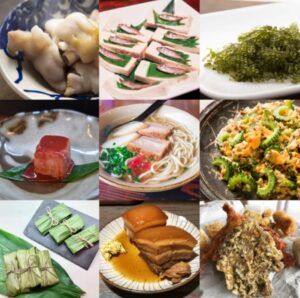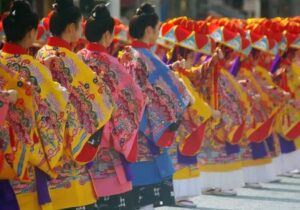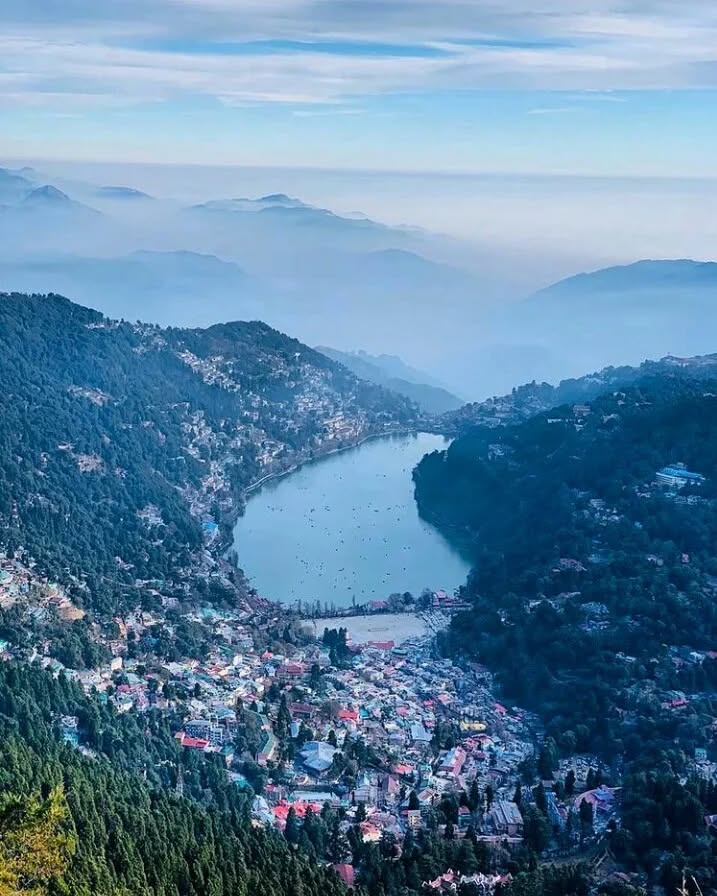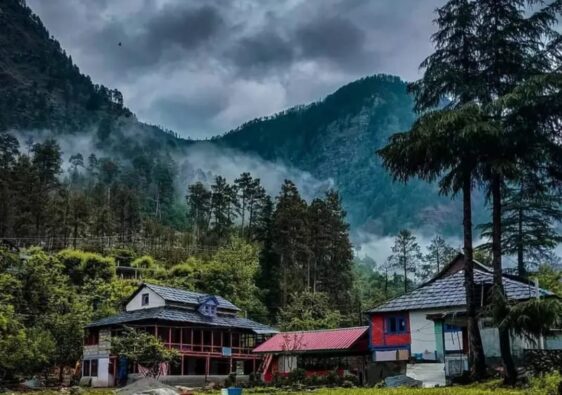If you’re dreaming of a place where clear turquoise waters meet white sandy beaches, where rich culture blends with laid-back island life, and where every sunset feels like a postcard—welcome to Discovering Okinawa, Japan’s best-kept secret.Nestled in the East China Sea, Okinawa is a chain of islands located far south of mainland Japan.
It’s often overlooked by travelers heading to Tokyo, Kyoto, or Osaka, but that’s exactly what makes Discovering Okinawa so special. Whether you’re a beach lover, foodie, history buff, or adventure seeker. Discovering Okinawa: Japan’s Tropical Paradise.
From the moment you land in Naha, Discovering Okinawa’s capital, the vibe is different. The pace slows down, the air feels warmer, and there’s a tropical calm that wraps around you. Palm trees line the roads, and you’re more likely to see people in flip-flops than in business suits. It’s Japan, but not as you know it.
The Beaches: Nature’s Masterpieces
Let’s talk beaches. Emerald Beach in the north, near the famous Okinawa Churaumi Aquarium, is perfect for swimming and relaxing. The sand is soft, the water is crystal clear, and the scenery looks like it belongs on a screensaver.

Zanpa Beach and Manza Beach are popular spots on the main island, offering activities like snorkeling, jet-skiing, and paddleboarding. If you want to go off the beaten path, take a ferry to Tokashiki Island or Zamami Island. These smaller islands are part of the Kerama Islands, and the beaches there are absolutely breathtaking. You might even spot sea turtles while snorkeling!
Okinawan Food: A Delicious Surprise
Okinawan cuisine is quite different from what you might find in Tokyo or Osaka. The local diet is known for contributing to the islanders’ long life expectancy. People here often live to be over 100!

Try Goya Champuru, a stir-fry made with bitter melon, tofu, pork, and egg. It may sound unusual, but it’s delicious and full of flavor. Another local favorite is Okinawa Soba, a noodle dish served in a rich, pork-based broth with slices of soft pork belly on top.
If you like seafood, you’re in for a treat. Fresh tuna, octopus, and squid are commonly used in dishes, and don’t miss out on Taco Rice—a unique fusion of Tex-Mex and Japanese food, with ground beef, cheese, lettuce, and salsa served over rice.
History and Culture
Okinawa was once part of the Ryukyu Kingdom, and its culture is quite distinct from mainland Japan. You’ll see this in the music, language, architecture, and traditional clothing.

Visit Shurijo Castle, a UNESCO World Heritage site in Naha. Although the original structure was damaged by fire in 2019, restoration efforts are ongoing, and the site still offers a glimpse into Okinawa’s royal past.
Another must-see is the Peace Memorial Park in southern Okinawa, dedicated to the lives lost during the Battle of Okinawa in World War II. It’s a sobering but important place that helps you understand the island’s resilience and history.
Island Adventures
Beyond the beaches, Okinawa offers plenty of adventure. You can go scuba diving in the Blue Cave, where the sunlight creates an otherworldly blue glow underwater. Hike up Mount Yonaha, the highest peak on the island, to get panoramic views of the lush forests and coastline.
For a fun cultural experience, try a sanshin (traditional Okinawan instrument) class or learn the basics of Eisa dance, often performed during local festivals.
Where to Stay
There’s a wide range of accommodations in Okinawa. You’ll find everything from luxury beach resorts like Halekulani Okinawa and The Ritz-Carlton to cozy guesthouses and budget hostels. Staying in a traditional Ryokan (Japanese inn) can give you a more authentic experience, especially if you’re off the tourist path.
If you’re staying in Naha, you’ll be close to shops, restaurants, and public transport. For a quieter, more relaxed stay, consider the northern part of the island or one of the smaller islands nearby.
Getting Around
Okinawa is best explored by rental car. Public transportation exists, but it’s limited compared to major cities. Driving gives you the freedom to explore at your own pace, and it’s easy to navigate with GPS.
Be aware that in Japan, they drive on the left side of the road. Most signs are in Japanese and English, so getting around is fairly stress-free.



